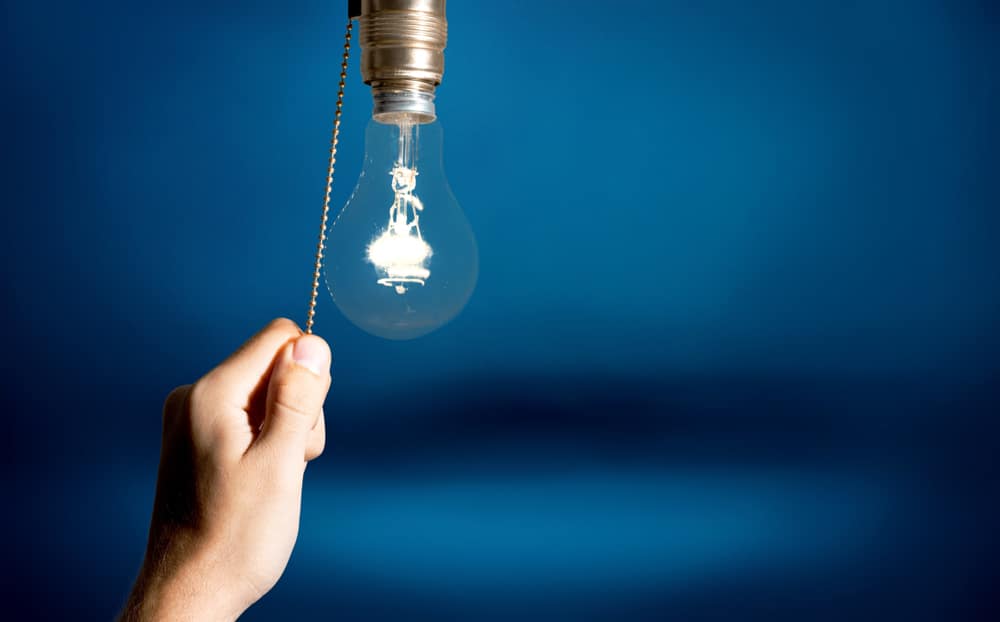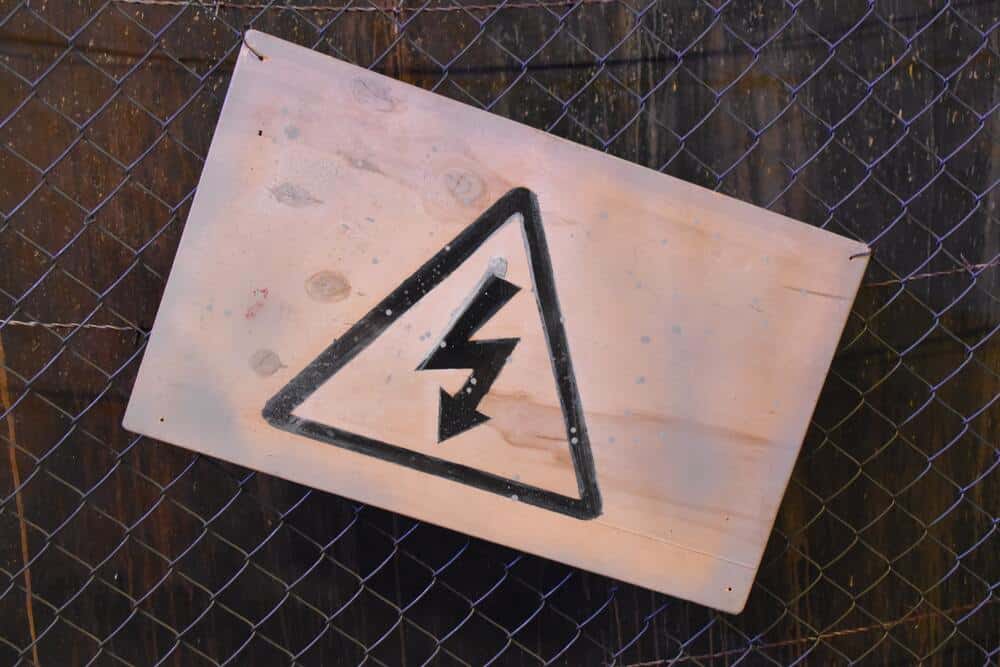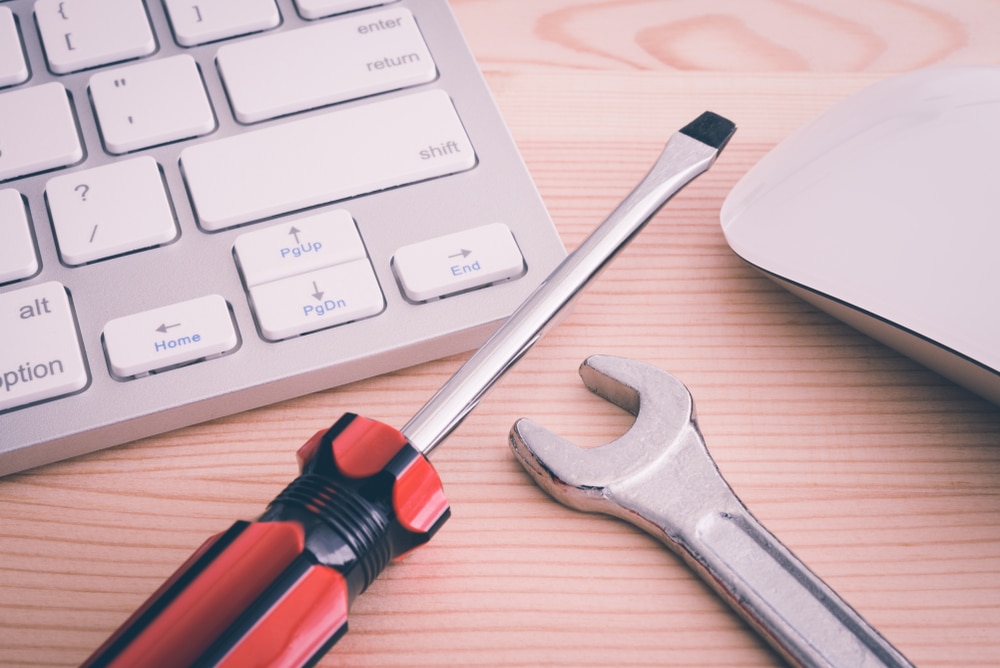
Philips Hue is well known among the smart home community as being one of the most reliable and convenient smart lighting options.
This is simply due to the number of features that it comes packed with. So, you’re sure to get extensive convenience from this unit.
It all comes down to how you’re planning on modifying your smart system to adapt to this unit.
It might be a bit complicated to install, but the smart features, as well as the basic performance of the system, is worth the time investment. So, test this unit out if you’re planning on future-proofing your system.
For instance, using the Hue lights, you can set custom scenes inside each and every one of your rooms.
You can set routines, which include automatically turning on the lights when your alarm rings or at a specific time. The same can be said for turning your lights off at a specific time or condition.
Why Does My Hue Light Keep Turning On?
Many users have been seen facing this weird issue where their Hue lights will randomly turn on.
Some of them have stated that whenever they come back home from outside, they’d find their house’s lights to be turned on. This can surely be quite frustrating and a waste of energy.
Moreover, you’ll be annoyed when the lights are engaged on their own.
This problem is mostly related to the configuration, but the power status can also have a hand to play here. So, you will have to do quite a bit of troubleshooting to figure out the situation.
However, there is definitely something that can be done to fix it. Today, we will be using this article to explain to you exactly how you can do so. So, without any further ado, let’s get started!
What’s the Reason Behind It?
To be completely honest, there can be multiple reasons behind lights turning on by themselves.
We can’t really point out a single one and regard it as the reason why you are facing this issue. However, most users have claimed to have a duplicate scene or interference of some sort causing this issue.

What we will be doing here is recommending you a number of steps. You will have to go through each one of them. This will help you fix the issue regardless of why you are facing it.
How to Fix This?
In order to troubleshoot and fix this issue, follow these steps:
- First, head over to the Hue website or your app. Check if there are any rules set in there. If there are, go through each and every single one of them.
- The next thing you should do is remove your light’s connection from each and every single device. For instance, you may have it connected to Alexa, Nest thermostat, etc.
- Finally, open your Hue app. Here, you should see a gear icon on the top left corner of the screen. Tap on it, and then go to Hue Bridges. Tap on the “I” icon located on the left of the Bridge. Simply select “Clean Up.”
Following this procedure will clear up any interference or duplication due to which you may have been facing this issue.
So, be sure to test out this routine, and you will be ahead of these errors in no time. It all comes down to how you’re planning on getting through these complications.
On the other hand, if you’re sure that no routines are playing into this situation, you will have to go through a few more steps to isolate the issue. So, proceed with the additional methods mentioned here.
- Fix Power Supply Issues
The power supply issues will also lead to the same errors where the power surge will keep engaging the smart unit.
So, if you’re sure that there are no issues with the configurations or the stored routines, you will need to isolate these issues with the power supply itself.
There are quite a few ways you can go about fixing these errors. The first thing that you need to do here is to check up on the outlet.
If the wiring seems to be in poor condition, then you will have to replace it entirely. There are no quick methods that can help you here.
Next, you need to check up on the main supply from the power source. If the voltage is fluctuating rapidly, then now might be a good time to get a stabilizer.
It will be a bit heavy on your budget, but there are no quick methods of addressing this situation.
All that you need to do here is to make sure that the lights have access to a proper power supply and that there are no issues with the voltage fluctuating.
That will be more than enough to address the majority of errors with the Philips lights turning on at random intervals.
- Check Brightness Configurations
While you might not think that there is a direct relation between the brightness levels and the lights engaging at random intervals, the overheating situation can create a similar situation.
When the brightness is too high, the lights will overheat and will turn on a few seconds after you turn them off.
Many owners have pointed out that they were able to address this issue by first lowering the brightness to a moderate level and then waiting for a few seconds before turning off the lights.
From this point forward, you can try keeping the lights around a moderate temperature.
Another thing that you can do here is to check up on ventilation from the main unit. If there are issues with the ventilation, then the fix can be a bit hard to manage at times.
So, you will have to check the system accordingly to avoid more errors in the long run.
It all comes down to how you’re planning on addressing these issues, and the fix will be fairly simple as long as you follow the installation instructions properly.
However, if you skip all of the basic pointers, you’re bound to run into more errors down the road.
- There Might Be Hardware Issues
At this point, you should also check on the lights for water damage. Issues with the wiring connections, as well as the water damage, can create these issues where the lights will come on at random intervals.
If you do find there to be discolored sections, then you need to dry the lights out.
If you’re lucky and the damage is not that severe, then leaving the lights out in direct sunlight will do the job.
However, if the situation is a bit more complicated, then the light strip will not engage or respond properly to the smart commands. You will have to try your luck with the warranty here.
One thing to keep in mind is that you can avoid these errors by using a diffuser strip. It will sting on the main budget, but you will surely be able to get a response after fixing the hardware status.
- A Reset Might Be In Order
Lastly, there is always a possibility that the issue is more related to the programming side of things.
If you’re sure that the lights are not damaged and the wiring, as well as the power connections, are in good shape, you will be able to limit these errors to the programming.
The best way to fix these programming errors is to reset the lights as well as the hub. Now, that might sound like an extensive task, but you’re not left with many options here.
So, be sure to go through the basic reset routine and start setting up the unit from scratch.
It can take a while to manage all of the routines and basic configurations. However, you will not have to deal with the same errors after you’re through with the power connections.
The Bottom Line
In this article, we have explained everything you need to know about how Hue lights keep turning on by themselves.
We have also mentioned what you can do in order to troubleshoot and fix it. Just be sure to follow every instruction, as we have made a step-by-step guide for you.
Most of the time, it will barely take you a few minutes to address the situation.
However, that is assuming you don’t have any hardware problems or power issues. As long as the situation is related to the configurations, fixing it will not be that complicated.
On the other hand, if you find the issue to be related to the hardware side of things, then it can be a bit more complicated to address.
You will have to engage the Philips Help center for pointers, and they will be more than happy to take charge of the situation.
The warranty deal on these devices is pretty decent, and you will not have to worry about much in the long run.
So, be sure to check up on the system hardware when the lights are behaving erratically. Hopefully, you will be able to secure a replacement in no time.





I did this the other day with a hue tech person. I’ve also disconnected each of my echo devices. I’ve disconnected my router and plugged it back in. I’ve purchased a new echo device and I still have the problem. I come home and a lot of my lights are on. I get awake at night and several lights are on. I get up in the morning and several lights are on. I have spent countless hours and quite a few dollars trying to resolve this issue. I’m going tomorrow to investigate other lights that I can replace these with.
Did you figure it out?